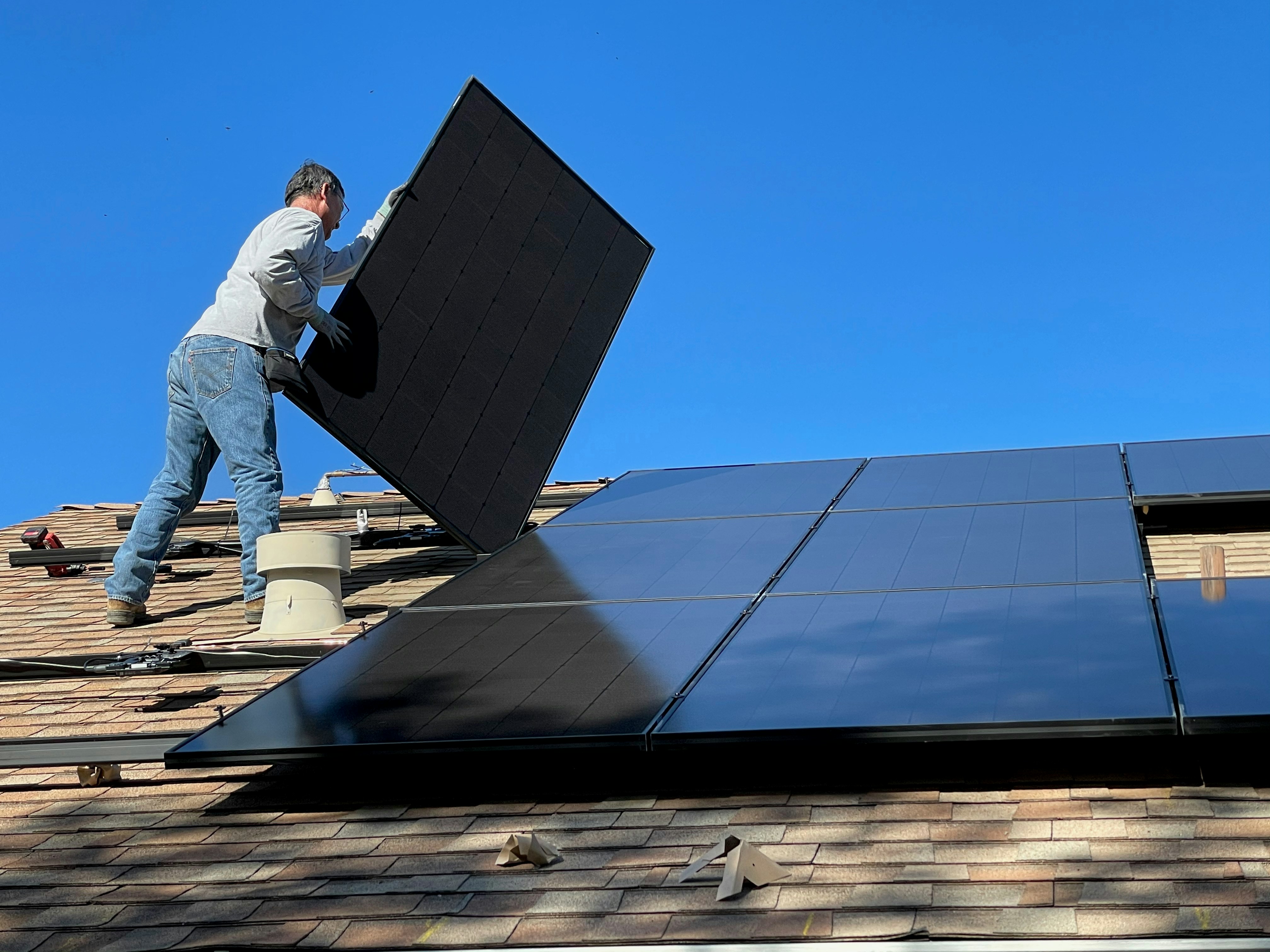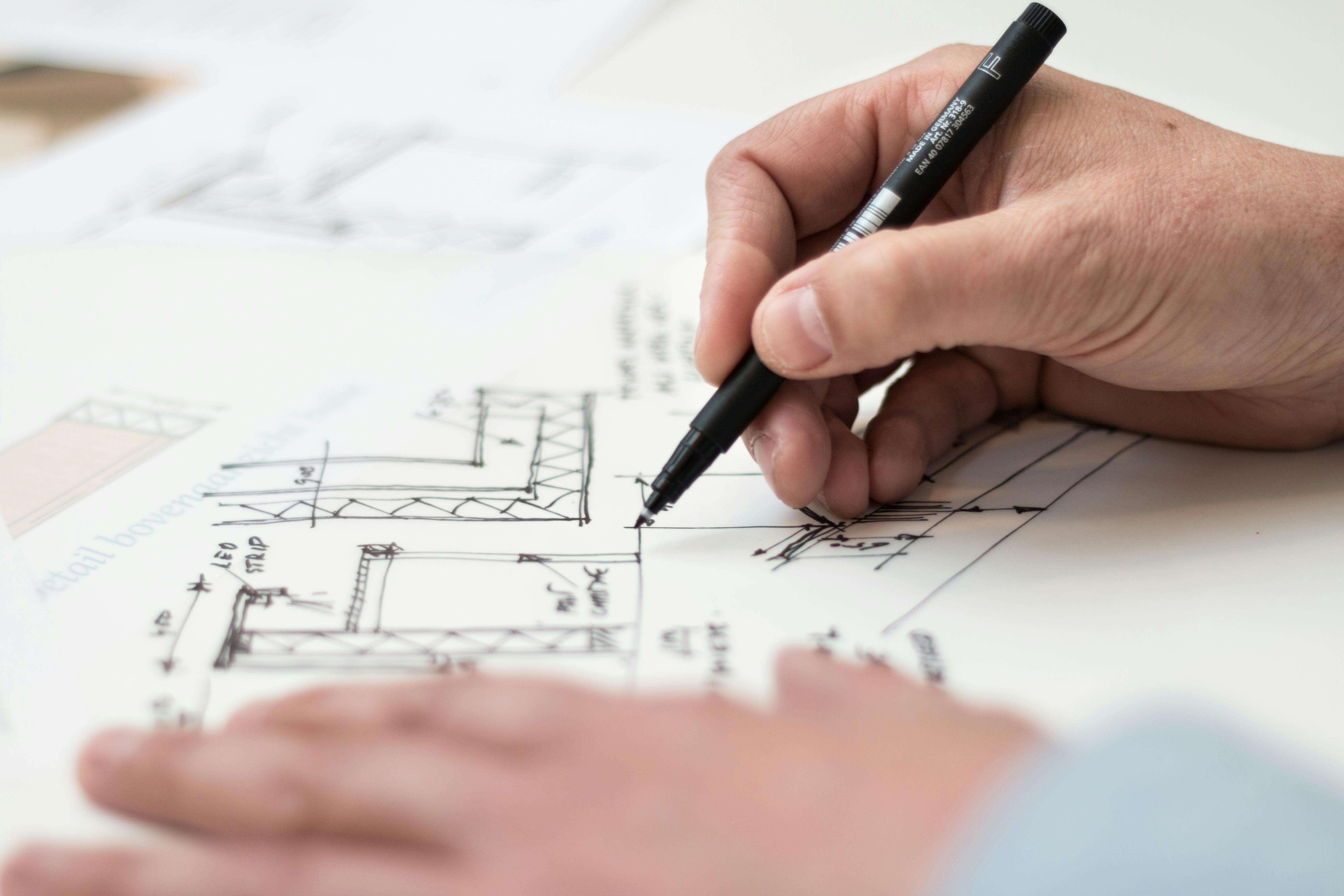Written by Neil Stephens/Qualified Architect and Self-Build Avocate
How to Build a High-Performance Home on a Budget
Building a high-performance home doesn’t have to come with a high price tag. With smart planning, strategic choices, and a focus on efficiency, you can create a home that’s not only cost-effective but also energy-efficient, sustainable, and comfortable. Here’s how to achieve that balance:
1. Define What High-Performance Means to You
High-performance homes are designed to maximise energy efficiency, reduce environmental impact, and improve indoor comfort. This can mean different things based on your priorities:
Energy Efficiency: Lower utility bills through better insulation, airtight construction, and efficient systems.
Sustainability: Use of eco-friendly materials and renewable energy sources.
Health & Comfort: Improved air quality, natural lighting, and thermal comfort.
Think about what matters most to you—this will help guide your budget decisions.

2. Plan Meticulously Before You Build
The planning stage is where you can save the most money. Good design reduces waste, optimises space, and prevents costly changes later.
Compact Design: Smaller, well-designed spaces are cheaper to build and heat.
Simple Shapes: Complex architectural designs with multiple corners, angles, or rooflines increase costs. A simple, box-like shape is more cost-effective and energy-efficient.
Orientation: Position your home to take advantage of natural light and passive solar heating, reducing energy needs.

3. Prioritise Energy Efficiency in the Building Envelope
The building envelope (walls, roof, windows, doors, and floors) is key to energy efficiency. Invest here first:
High-Quality Insulation: Proper insulation reduces heating and cooling costs significantly.
Airtight Construction: Prevent drafts and heat loss with good sealing techniques.
Energy-Efficient Windows and Doors: Double or triple glazing can make a big difference in maintaining indoor temperatures.

4. Choose Cost-Effective, Sustainable Materials
You don’t need the most expensive materials to achieve high performance. Focus on materials that offer durability, thermal performance, and low environmental impact:
Reclaimed or Recycled Materials: These can be both eco-friendly and budget-friendly.
Local Materials: Reduce transportation costs and carbon footprint.
Prefabricated Components: Prefab panels or modular elements can reduce labour costs and construction time.

5. Focus on Efficient Systems, Not Just High-Tech Gadgets
It’s tempting to invest in the latest technology, but efficiency often comes from simple, well-designed systems:
Efficient HVAC: A right-sized, energy-efficient heating and cooling system saves money in the long run.
Ventilation with Heat Recovery: Provides fresh air while retaining heat.
LED Lighting & Smart Controls: Low-cost ways to reduce energy consumption.

6. DIY Where Possible
Labour costs can eat up a significant part of your budget. If you have the skills (or can learn), consider doing some tasks yourself:
Painting, Tiling, Landscaping: Great DIY opportunities.
Project Management: Oversee the build to reduce professional fees.

7. Consider Long-Term Savings Over Upfront Costs
High-performance features may have higher upfront costs but will save money over time:
Solar Panels: Reduce energy bills and offer long-term payback.
Water-Saving Fixtures: Lower water bills.
Durable Materials: Less maintenance and replacement costs.

8. Work with the Right Professionals
Choose architects, builders, and consultants who understand high-performance homes and budget constraints. They can help you make cost-effective decisions without compromising quality.

Final Thoughts
Building a high-performance home on a budget is all about smart choices. Focus on the fundamentals—design, energy efficiency, and quality materials—and you’ll create a home that’s both affordable and sustainable.
Ready to Take the Next Step?
If you found this guide helpful and want to dive deeper, download my free resource here to help you plan and build your own high-performance home. It’s packed with practical tips, checklists, and insights to make your self-build journey easier and more cost-effective.



